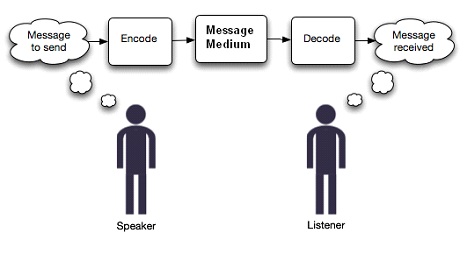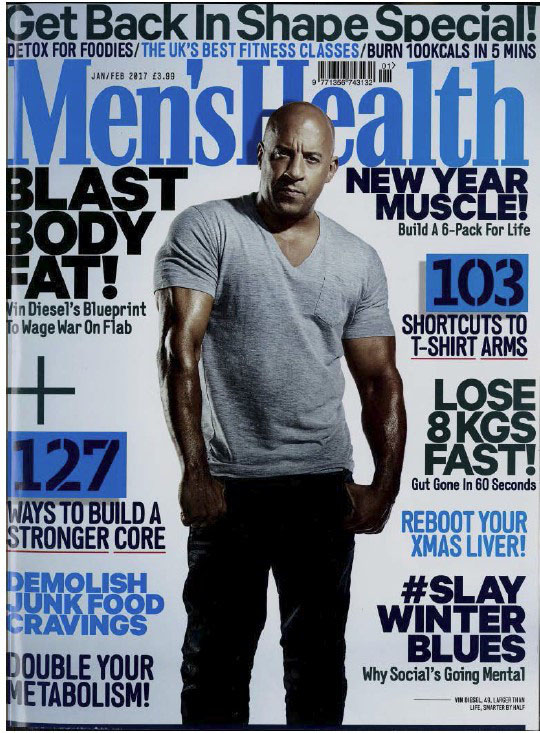| . | What Do I Know | What do I understand/ what does it mean |
|---|---|---|
| Noah Chomsky | 5 filters of media (ownership; advertising; official sources; flak; and manufactured consent. 1) corporations often own more than u think, 2) advertisers fill the gap by making you the product, 3) those reporting and those reported are essentially one, 4) flak is when a story doesn’t work for someone in power so they will ruin your story, 5) creating a common enemy | |
| James Curran | Wrote the book “Media and Power” arguing that patterns of ownership and control are the most significant factors in how the media operate. Media is controlled by only a few companies. Quality as suffered as those involved are more profit driven. | Could reference with an example of a “news” paper which has clearly been commercialised |
| Jean Seaton | ||
| Jurgan Habermaus | public sphere, not a physical thing, public sphere- Everyone i.e where the free discussion and debate of ideas occurs private sphere- just you i.e where the free discussion and debate of ideas occurs. Brought into existence mainly by newspapers | Could be used to describe the level on which a conversation is being had (or where an issue has gone from private sphere to public sphere) |
| Semiotics | ||
| Representation | ||
| Audience | ||
| Feminist Critical Thinking | ||
| Post-Colonialism | ||
| Narrative Theories | Vladmir Propp 8 characters, hero, villian, damsel in distress, donor, helper, dispatcher, false hero, princess, | |
| Genre | Steve Neal, states that genres all contain instances of repetition and difference, difference is essential to the to the economy of the genre, Repertoire of elements, Hybrid genres, | |
| Key Terms for industry business ownership | Private Limited, Public Limited (corporations), Partnership, 1 owner (proprietorship) or Monopoly’s, Cross media ownership, vertical/horizontal integration | |
| Public Service Broadcasting | Supplied by a government organization, curran and seaton, chomsky, Habermas | Duetshland 83 is a collab between channel 5 and german psb |
STUART HALL

| . | What Do I Know | What Do I Understand |
|---|---|---|
| Stuart Hall | Reception theory, media products are encoded by the write then uncoded by the reader, sometimes differently. Dominant, negotiated, oppositional viewing. (Media controlled by elites, who give the representation of things you may not have experienced) Dominant/Preferred Reading – The audience accept and agree with the messages put forward in the media text Negotiated Reading – The audience agree with some part but reject or are opposed to other parts Oppositional Reading – The audience reject the messages that are trying to be conveyed and do not accept/agree with them | |
| George Gerbner | Cultivation theory- which suggest those who frequently consume media view the world through its representation in said media forms (leading to acceptance of mainstream ideology’s) and not through real world experience (mainstreaming) . He also states those who view particularly violent media products may suffer from “Mean World Syndrome” and in turn view the world as more dangerous than it actually is. | |
| Clay Shirky | Theory on how Gerber’s ideas are no longer applicable as the masses have moved on as media has deeply expanded and diversified (i.e moved on) | |
| Laswell (Communication Model) |


Cultivation theory- which suggest those who frequently consume media view the world through its representation in said media forms (leading to acceptance of mainstream ideologies) and not through real world experience (mainstreaming)
Example- Doesn’t challenge social and cultural contexts, it jsut conforms to them. ( standard stereotype of a straight male on cover
- Owned by Hearst, american business information conglomerate– so is less likely to be trying to be innovative and challenging social and cultural contexts as they are more interested in churning out generic likeable content to gain sales and money- furthermore Hearst also owns women’ health, showing that they are less of a specialised magazine aimed at helping men stay healthy and more of a business venture.
George Gurbner– Theory talks about how repeated exposure to media forms can warp your perception of reality leading you to believe the world is just like what you are seeing on platforms such as in video games or in movies which can lead to “mean world syndrome” – this magazine is a good example as it is a constant stream of examples of the “ideal man” either dressed up in a suit with a beard or in the gym with large muscles. Constantly being exposed to things like this can over time create an unrealistic idea of what it takes to be a man
Laura Mulvey Male Gaze– theory is about how the majority of media products are produced in a way that is meant to please the average straight, heterosexual man. An example of this in men’s health would be on page 148, in which Givenchy is attempting to sell to the ready by presenting a masculine man applying their product, with a woman posing in a suggestive manner in the background
Points
- Print magazines, however around a quarter of purchases are digitally
- The majority of those print copies purchased are made by women
- There is a dominant ideology of men needing to be big and strong
- There is a constructed stereotype that is being reinforced by media products such as this that it is normal for the average male to look like the man on the cover of men’s health, which is also convenient for most companies, as it helps sell the idea of men looking like this so they can sell more products.
- Men’s health has identified its target audience, which is primarily men aged 15+, more specifically a more impressionable group of people who have taken an interest in their health, most likely after being heavily influenced by other things
- Men’s health also aims for young men who are particularly impressionable and somewhat vulnerable as it offers a somewhat collective identity (men wanting to get fit) and a sense of belonging which would be appealing to most
- features a counter-stereotype, of a 75-year-old running a marathon
- the cover features masculine buzzwords such as blast, demolish, slay, war, burn









